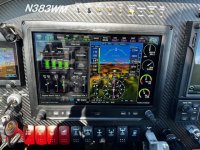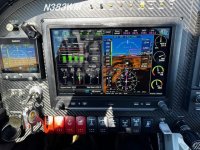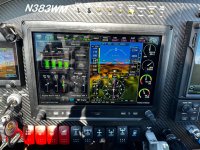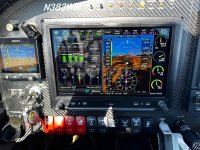czechsix
Well Known Member
Just saw this in the EAA newsletter:
DeltaHawk Engines Developing RV-14 Package
DeltaHawk Engines announced this week that engineering and development is now underway on a firewall-forward installation package for the company’s new DHK family of FAA-certified jet-fuel-powered piston engines for Van’s RV-14 aircraft. The first installation will be aboard an RV-14 owned by Lindy-winning aircraft builder Craig Saxton, EAA 432253, and the aircraft is anticipated to fly during late spring 2024.
I would sure be interested in this if it comes to fruition, assuming it is a well developed firewall forward package and is cost competitive with the IO-390. One obvious downside is it will require a new engine mount and presumably a new cowl as well, and Van's won't let you delete these items from the finish kit anymore. Maybe if there's enough interest Van's will eventually get behind this effort (sort of like they've done with Beringer wheels & brakes) if/when they have time to think about product development again...
DeltaHawk Engines Developing RV-14 Package
DeltaHawk Engines announced this week that engineering and development is now underway on a firewall-forward installation package for the company’s new DHK family of FAA-certified jet-fuel-powered piston engines for Van’s RV-14 aircraft. The first installation will be aboard an RV-14 owned by Lindy-winning aircraft builder Craig Saxton, EAA 432253, and the aircraft is anticipated to fly during late spring 2024.
I would sure be interested in this if it comes to fruition, assuming it is a well developed firewall forward package and is cost competitive with the IO-390. One obvious downside is it will require a new engine mount and presumably a new cowl as well, and Van's won't let you delete these items from the finish kit anymore. Maybe if there's enough interest Van's will eventually get behind this effort (sort of like they've done with Beringer wheels & brakes) if/when they have time to think about product development again...










